Top 10 Tax Saving Options for Salaried Employees in India (2025 Guide)
Tax planning is a crucial aspect of financial management for salaried employees in India. With the right tax-saving strategies, you can significantly reduce your tax liability and maximize your savings. The Income Tax Act, 1961, offers various provisions that allow salaried individuals to save tax while building a secure financial future. In this comprehensive guide, we’ll explore the top 10 tax-saving options for salaried employees in 2025, along with detailed insights on how to optimize these benefits.
Why Tax Planning is Essential for Salaried Employees?
Tax planning is not just about saving money; it’s about making informed financial decisions that align with your long-term goals. By leveraging the tax-saving options available under the Income Tax Act, salaried employees can:
- Reduce their taxable income.
- Build a corpus for retirement.
- Secure their family’s financial future.
- Achieve financial goals like buying a house, funding education, or planning a vacation.
Let’s dive into the top 10 tax-saving options for salaried employees in 2025.
1. Employees’ Provident Fund (EPF)
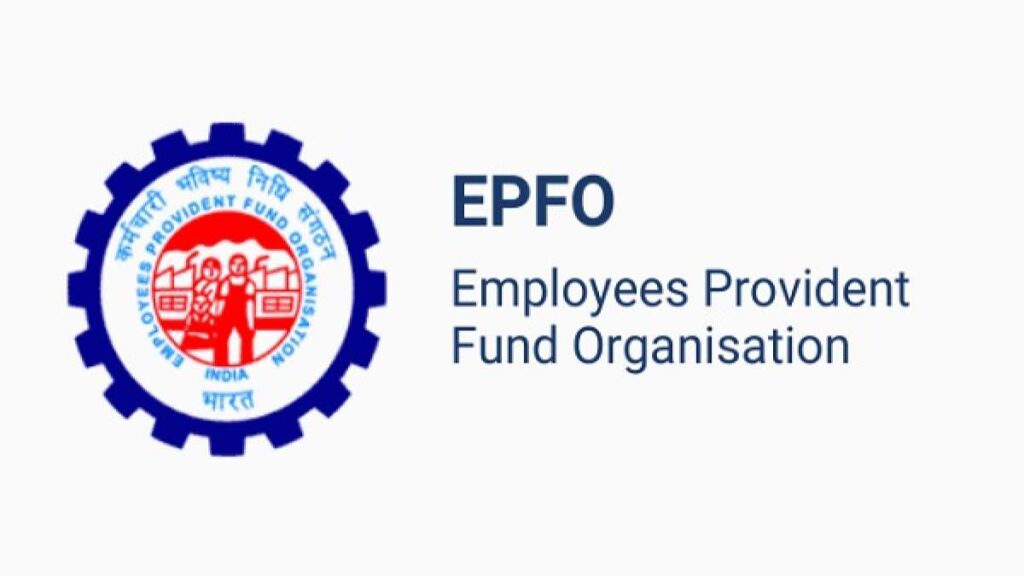
What is EPF?
The Employees’ Provident Fund (EPF) is a government-backed retirement savings scheme. Both the employee and employer contribute 12% of the employee’s basic salary and dearness allowance to the EPF account.
Tax Benefits:
- Section 80C: Contributions made by the employee are eligible for a tax deduction of up to ₹1.5 lakh.
- Tax-Free Interest: The interest earned on EPF is tax-free.
- Tax-Free Withdrawal: The accumulated corpus (including interest) is tax-free if withdrawn after 5 years of continuous service.
Why Choose EPF?
- Guaranteed returns.
- Long-term wealth creation.
- Low-risk investment.
2. Public Provident Fund (PPF)
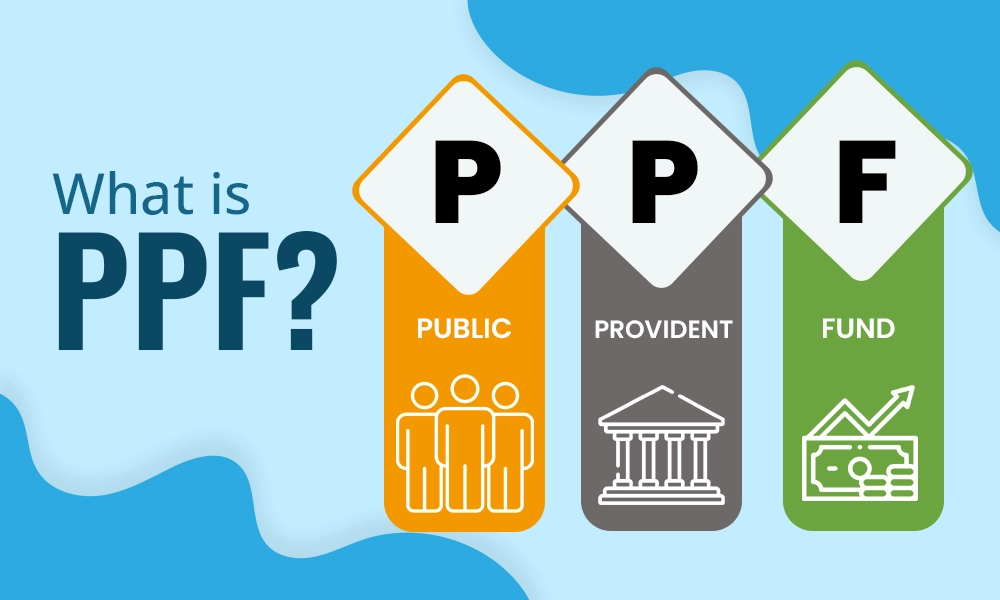
What is PPF?
The Public Provident Fund (PPF) is a long-term savings scheme offered by the Government of India. It has a lock-in period of 15 years and offers attractive interest rates.
Tax Benefits:
- EEE Category: PPF falls under the Exempt-Exempt-Exempt category, meaning:
- Contributions are deductible under Section 80C.
- Interest earned is tax-free.
- Maturity amount is tax-free.
- Maximum annual investment limit: ₹1.5 lakh.
Why Choose PPF?
- Safe and secure investment.
- Ideal for retirement planning.
- Tax-free returns.
3. Equity Linked Savings Scheme (ELSS)
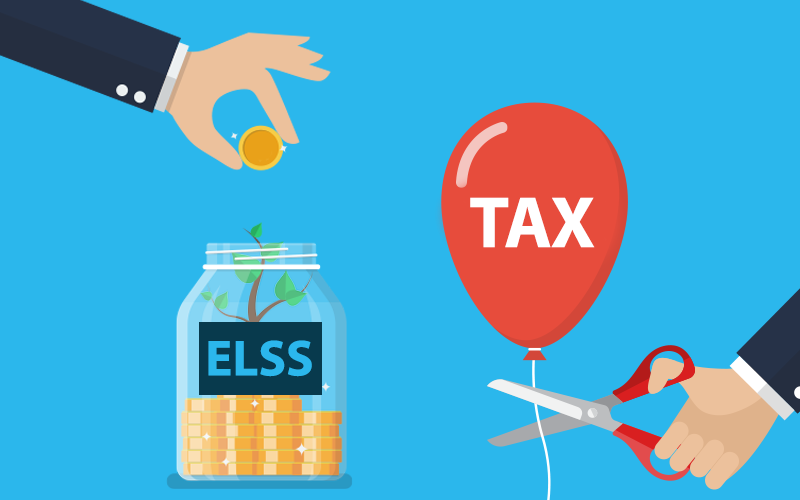
What is ELSS?
Equity Linked Savings Scheme (ELSS) is a tax-saving mutual fund that invests primarily in equities. It has the shortest lock-in period of 3 years among all Section 80C investments.
Tax Benefits:
- Section 80C: Investments up to ₹1.5 lakh are eligible for tax deduction.
- Long-Term Capital Gains (LTCG): Gains above ₹1 lakh are taxed at 10%.
Why Choose ELSS?
- Potential for higher returns compared to traditional tax-saving instruments.
- Short lock-in period.
- Diversified equity exposure.
4. National Pension Scheme (NPS)
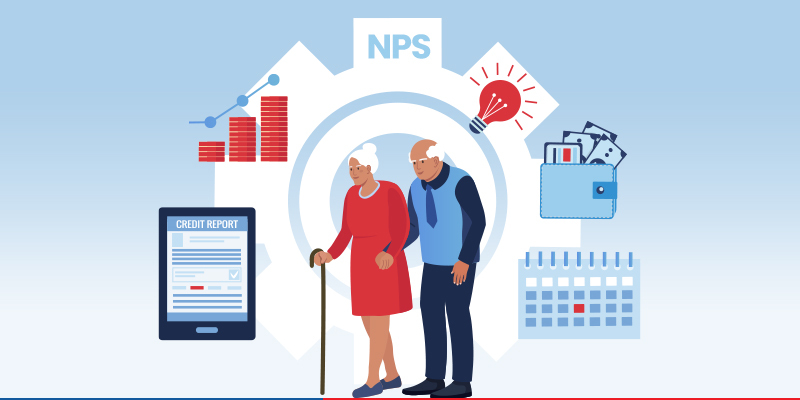
What is NPS?
The National Pension Scheme (NPS) is a government-sponsored retirement savings scheme regulated by PFRDA. It offers market-linked returns and allows partial withdrawals after retirement.
Tax Benefits:
- Section 80CCD(1): Contributions up to ₹1.5 lakh are deductible.
- Section 80CCD(1B): Additional deduction of ₹50,000 for NPS contributions.
- Section 80CCD(2): Employer’s contribution up to 10% of salary (basic + DA) is tax-free.
Why Choose NPS?
- Low-cost pension scheme.
- Flexible investment options.
- Additional tax benefits.
5. Tax-Saving Fixed Deposit (FD)
What is Tax-Saving FD?
A Tax-Saving Fixed Deposit is a bank FD with a lock-in period of 5 years. It offers fixed returns and is eligible for tax deductions under Section 80C.
Tax Benefits:
- Section 80C: Investments up to ₹1.5 lakh are deductible.
- Interest Taxation: Interest earned is taxable as per the individual’s income tax slab.
Why Choose Tax-Saving FD?
- Guaranteed returns.
- Low-risk investment.
- Suitable for conservative investors.
6. Life Insurance Premium
What is Life Insurance?
Life insurance provides financial security to your family in case of your untimely demise. Premiums paid towards life insurance policies are eligible for tax deductions.
Tax Benefits:
- Section 80C: Premiums up to ₹1.5 lakh are deductible.
- Section 10(10D): Maturity proceeds are tax-free if the premium does not exceed 10% of the sum assured.
Why Choose Life Insurance?
- Dual benefit of tax savings and financial security.
- Wide range of policies available (term, endowment, ULIPs).
7. House Rent Allowance (HRA)
What is HRA?
House Rent Allowance (HRA) is a component of salary provided to employees living in rented accommodation. It is partially exempt from tax.
Tax Benefits:
- Section 10(13A): HRA exemption is calculated as the minimum of:
- Actual HRA received.
- 50% of salary (for metro cities) or 40% (for non-metro cities).
- Rent paid minus 10% of salary.
Why Claim HRA?
- Significant tax savings for rent-paying individuals.
- No investment required.
8. Leave Travel Concession (LTC)

What is LTC?
Leave Travel Concession (LTC) allows employees to claim tax exemption on travel expenses incurred during leave.
Tax Benefits:
- Section 10(5): Exemption is available for travel costs (air, rail, or bus) for the employee and family.
- Conditions:
- Only domestic travel is eligible.
- Exemption can be claimed twice in a block of 4 years.
Why Claim LTC?
- Tax savings on travel expenses.
- Encourages employees to take vacations.
9. Retirement Benefits (Gratuity)
What is Gratuity?
Gratuity is a lump sum payment made by the employer to the employee upon retirement, resignation, or death.
Tax Benefits:
- Section 10(10): Gratuity up to ₹20 lakh is tax-free.
- For government employees, the entire gratuity amount is tax-free.
Why Gratuity is Important?
- Tax-free retirement benefit.
- Rewards long-term service.
10. Health Insurance Premium
What is Health Insurance?
Health insurance provides coverage for medical expenses. Premiums paid towards health insurance are eligible for tax deductions.
Tax Benefits:
- Section 80D:
- ₹25,000 for self, spouse, and children.
- Additional ₹25,000 for parents (₹50,000 if parents are senior citizens).
- Maximum deduction: ₹1 lakh.
Why Choose Health Insurance?
- Financial protection against medical emergencies.
- Tax savings on premiums.
How to File ITR for Tax Planning?
Filing Income Tax Returns (ITR) is a crucial step in tax planning. Here’s what salaried employees need to know:
- Documents Required:
- Form 16 (from employer).
- Form 26AS (tax credit statement).
- Bank statements and interest certificates.
- Proof of investments (ELSS, PPF, NPS, etc.).
- ITR Forms:
- ITR-1: For individuals with income up to ₹50 lakh from salary, one house property, and other sources.
- ITR-2: For individuals with income from capital gains or multiple house properties.
Pro Tips for Maximizing Tax Savings in 2025
- Start Early: Begin tax planning at the start of the financial year to avoid last-minute hassles.
- Diversify Investments: Spread your investments across multiple tax-saving instruments to balance risk and returns.
- Leverage Section 80C: Maximize the ₹1.5 lakh limit under Section 80C with a mix of ELSS, PPF, and life insurance.
- Claim HRA and LTC: Ensure you claim HRA and LTC benefits if eligible.
- Opt for NPS: Take advantage of the additional ₹50,000 deduction under Section 80CCD(1B).
Conclusion
Tax planning is not just a year-end activity but a year-round process. By understanding and utilizing the top 10 tax-saving options for salaried employees, you can significantly reduce your tax liability while securing your financial future. Whether it’s investing in EPF, PPF, ELSS, or claiming HRA and LTC, each option offers unique benefits tailored to your financial goals.
Start planning today to make the most of these tax-saving opportunities in 2025. Remember, the key to effective tax planning is consistency, awareness, and informed decision-making.
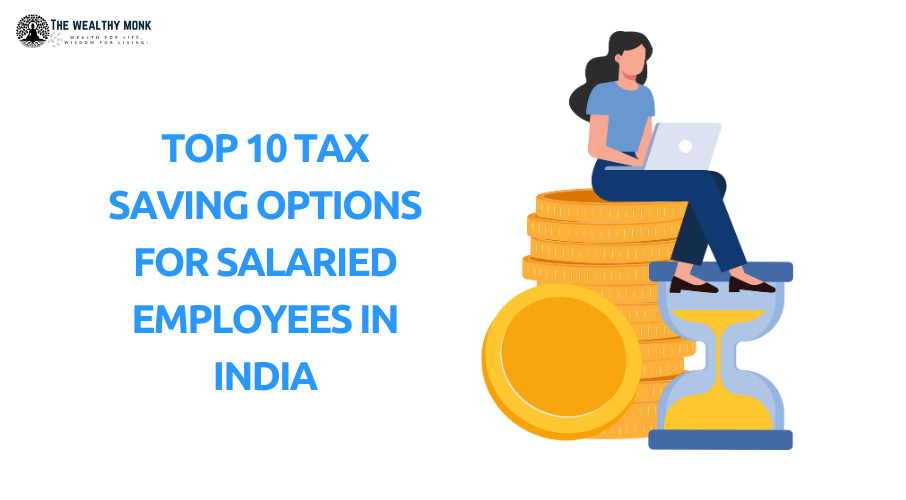
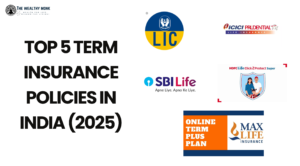









Post Comment